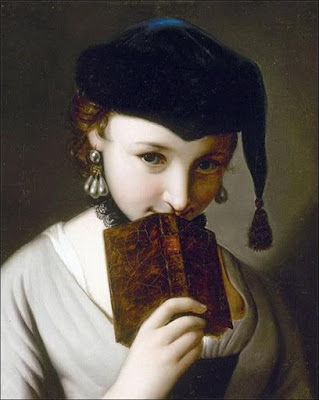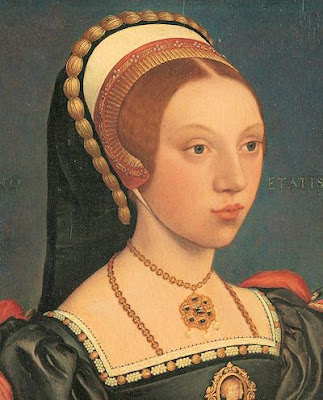NOTE: For some
stupid reason, the book decided not to number the individual Sonnets on pages
126-131, but they are numbered in the table of contents. The Sonnets
start with the poem “Look in thy glass,” and comprise the following poems:
Page 126: Sonnets 3,
15
Page 127: Sonnets 17,
18, 27
Page 128: Sonnets
29, 30, 55
Page 129: Sonnets
64, 66
Page 130: Sonnets
73, 91, 116
Page 131: Sonnets
130, 138
Answer TWO of the
following:
Q1: As in Sidney
Q2: The Sonnets (all
154 of them!) trace a loose story of a relationship from the wooing, the brief
happiness, the betrayal, the jealousy, the break-up, the obsession, and
finally, the love triangle of the poet, another woman, and the original lover. Discuss
where one of these poems might appear in the ‘story,’ and how it might capture
the poet’s response to the relationship.
Q3: Renaissance
poems are obsessed with giving the lover immortality through verse, since art,
alone, can transcend the ages. Though this had become a cliche by Shakespeare’s
time, how does he breathe new life into this theme without making fun of it? In
other words, how does he use metaphors and imagery to make us believe it? Examine
one of the following sonnets: 3, 15, 17, 18, or 55.
Q4: Choose a line or
two in one of these sonnets that has particularly unusual or tricky syntax: translate
the line into readable, grammatical English and consider why he wrote it the
way he did. What changes from translation to verse? What do we gain from the ‘difficult’
version?













